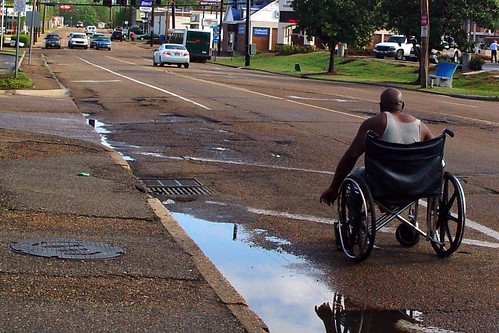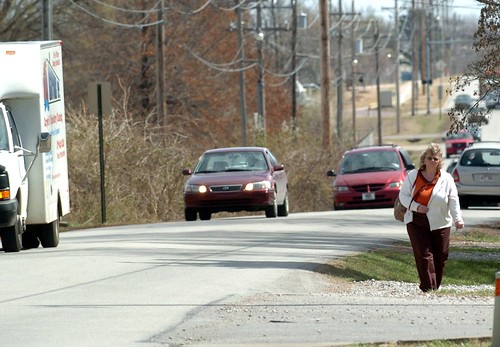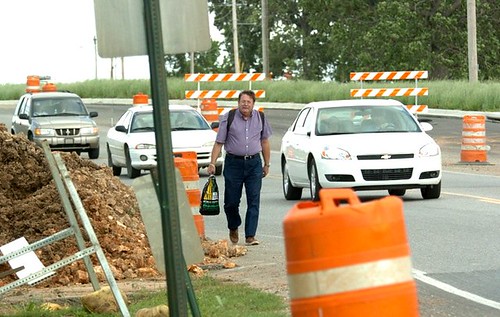Some cities in the USA are better positioned to deal with rising gas prices than others because of their design and transit systems, according to a national non-profit group that works to build stronger cities.

The key factor: whether residents have to drive everywhere, or have other options.
That's according to CEOs for Cities, a Chicago-based network of civic, business, academic and philanthropic leaders seeking to build and sustain stronger cities for the future. Researchers analyzed federal government data on vehicle miles traveled in 51 metropolitan areas that have at least 1 million residents.
It's a timely analysis: Gas prices have eased a bit in the past few days — to a national average of $3.60 for a gallon of regular unleaded Monday — but they are still 28% higher than a year ago.
The average American driver logs 25 miles per day. Motorists in compactly developed cities that have extensive transit systems can drive nearly 50% less.
The way to cut back on driving miles in a city isn't by reducing commutes, says Carol Coletta, president and CEO of the group.
"What adds up is all those small trips, which are much shorter and not as necessary," she says. "The question is, how do we make the city a place where we don't have to drive as much or as often?"
Edward McMahon, an expert on sustainable development at the Urban Land Institute (ULI) in Washington, D.C., says the analysis confirms a study done in 2009 on the relationship between urban design and driving. "Most trips in a car are not back and forth to work," he says. "Most trips — 80% to 85% — are lifestyle trips to the movies, the grocery store, taking the kids to school, and so on. What we found is if you live in a community where you can walk, ride a bike, take a short trip, those savings start to add up really quickly."
McMahon says ULI examined automobile usage trends in two Maryland cities: Bethesda, a mixed-use community with transit, and Germantown, a traditional car-oriented suburb. "We found that in Bethesda, about 75% of trips during the day were in fact on city transit," he says. "In Germantown, 90% of all trips were by car."
Cities where people drive less tend to do well in three essential areas, Coletta says:
• Land use. People running errands, such as to buy milk, can walk instead of getting in the car and having to park, Coletta says.
• Urban design. Sidewalks or bike trails are designed in such a way that people want to walk.
• Transportation. The public transportation network is extensive enough that residents have choices.
CEOs for Cities estimates that if every driver in those 51 metro areas cut their driving by just 1 mile a day, the savings on gas and other costs would total $29 billion a year.









